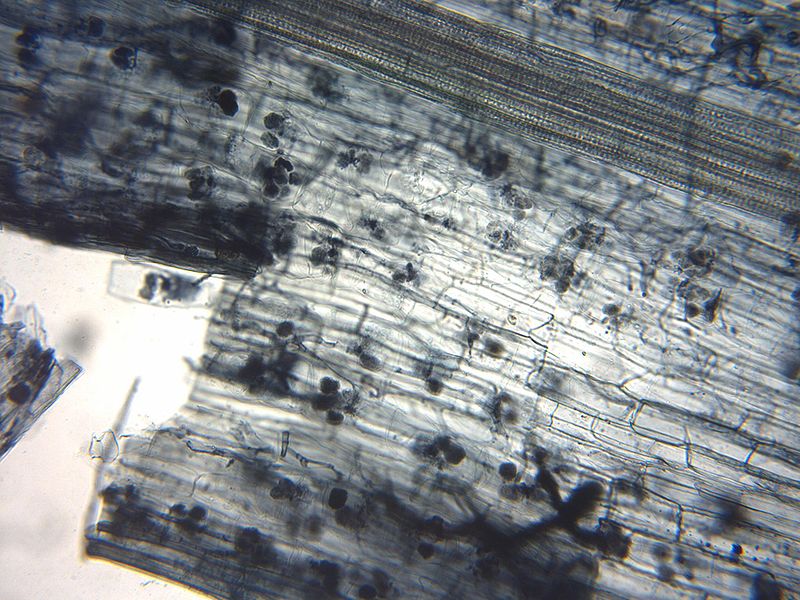Interactions
Fungi can have a vast range of interactions in our life's from Saccharomyces cerevisiae needed for making bread. But A few fungi can cause Illness inhuman literally by growing inside the host. The Schizophyllum commune has been documented growing inside children. Interaction with humans tends to generate negative experiences. Due to Cortinarius s. common characteristic to many non-poisons mushrooms it is frequently mistaken as edible by mushroom forging enthusiastic. On average there is a reported number of poisonings. One such famous poisoning almost cost a family there lives. You can read more about this unfortunate poisoning under the case files section of the website. The pathology of the this toxin is quite nasty. On average 13 people die a year from Cortinarius s.
There have been numerous records of poisoning by Cortinarius , the first documented case took place in Poland between 1953-1962. There are three other species of Cortinarius that keep popping up in history are Cortinarius Speciosissimus, Cortinarius orellanus, and Cortinarius splendes. Article dated from 1980 was one of the first article to being examine the rise in mushroom poisonings in Europe. A article by D. Michelot and I. Tebbet in 1990 focus on three of the earliest cases of Cortinarius Speciosissimus poisonings outside of Scandinavia. All were young healthy middle age adults. Each showed the various indicators of poisonings within 24-48 hours. One victim was able to be treated at the hospital within 8 days after consumption but developed severe intestinal nephritis and renal failure. The toxins produced by Cortinarius s. are resistant to heat, freezing, and drying. There is no current form of specific therapy for this type of poisoning, other than dialysis. For more about the toxin visit my pathology section under Toxins
How do mushroom poisonings occur?
The real danger of this mushroom is a very common physical traits, unlike many poisonous organisms, it does not have bright warning color to indicate its toxicity. Many mushrooms apply to this same rule. That is why foraging for wild mushrooms should only be attempted by very experienced foraging expert. The risk from a mistaken identification can put you and friends in extreme danger. My page on Cortinarius s. poison will convince you other wise to try wild mushrooms. If you are still passionate about foraging click here to follow a link with very credible info on mushroom identification and safety. Also NAMA (North American Mycology Association) is an excellent source for just about everything there is needed to know about fungi. Click here for the link there.
Pathology
After infestation of Cortinarius symptoms typical delayed anywhere from 36 hours to 17 days ____. This delayed response is what leads to many diagnosis and late treatments. Unfortunately studies show that renal damage can start occurring as soon 48 hours after ingestion. Symptoms can include but are not limited too: vomiting, nauseas, intestinal pain, coma, and diarrhea in certain cases. Recent cases have shown victims be asymptomatic for a week. But still will be suffering from continued renal damage. Majority studies done in rats show that Orrelanine inhibits DNA and RNA polymerase dependent functions. Unfortunately there is no current antidote for Cortinarius s. poisonings. The best available treatments are either a mix of dialysis and renal transplant in extreme chases. Because extreme deadly toxins Cortinarius s. do not have many natural predators but do have mutual interactions with other organisms. The Genus Cortinarius is one of the largest groups of mycorazhiae forming fungi, and Cortinarius s. is no exception to this.
If you believe you or a loved one has been poisoned by mushroom, call 911 immediately and call your local poison control. Here is the available link to their website. http://www.aapcc.org/

Why would plant want a fungus infecting them?
It is true that many plant pathogens are caused by fungi but mycorhizae are a for a mutual relationship between a plant host and a fungus. Plants benefit by having the surface are of their expanded by the fungus and the fungi receive some nutrients via the plant. Their are several types of mycorhizae interaction: Ectomycorhizae is when a fungus forms a actual sheath around the plants roots. Various nutrients can be exchanged via Hartig net. This allows the fungus to penetrate the cells at the root cortex, no harm comes to the plant through this process. Another interaction happens when highly branched hyphae(arbuscules) penetrate the cortical cells and exchange via nutrients without the formation of a sheath, called endomycorhizae.
